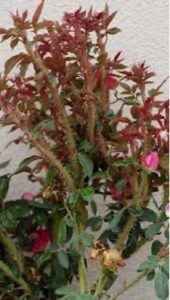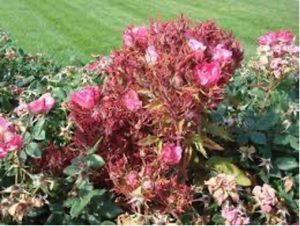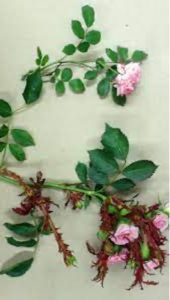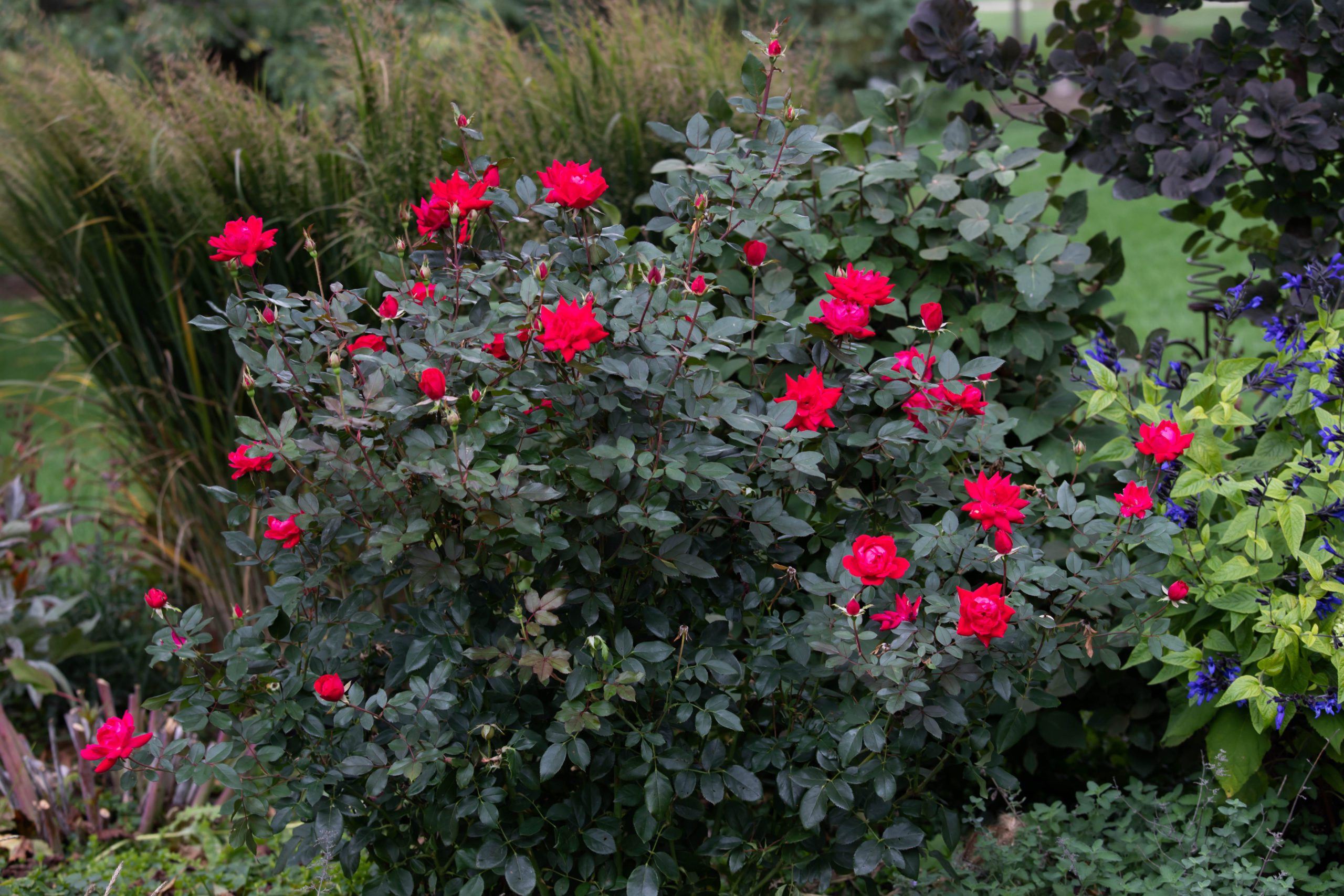Knockout & Drift Rose Bushes & Rose Rosette Disease
The title quote is from Matshona Dhliwayo
Over the past couple of decades, one of the most popular shrubs used in commercial landscaping and residential properties has been the rose bush. There are two main varieties that have been commonly used, the Drift Rose and the Knockout Rose. These have been admired for several reasons:
Prolific flower power: There are varieties that have single and double blooms. In the right area, they will consistently provide a beautiful source of color starting in early Spring and will bloom until the first frost.
Easy to grow: It’s not hard to find the right area for them to bring that pop of color to your commercial or retail building, HOA, hotel, shopping center or home. These rose bushes like the sun, 6 to 8 hours a day. They prefer morning sun with some shade in the afternoon and are heat tolerant making them a great choice for our Texas summers.
Wide variety of colors: They provide an easy and effective way to brighten and enhance the landscape.
Easy to care for: They require little in maintenance. Referred to as “self-cleaning,” they don’t need to be deadheaded (manually removing old blooms) in order to continue to flower throughout the entire growing season.
Knockout Roses, when mature, can reach 3-5 feet high and 3-4 feet wide creating a stunning shrub to accent your landscape. Drift Roses are a variety created from Knockout Roses and miniature Roses. When mature, they will reach 2-3 feet high and 2-3 feet wide.
Based on their ease of care, little maintenance, and consistent colorful blooms, it’s easy to see why these became so prevalent.
Caring for these rose bushes is not difficult. To keep your Drift and Knockout Rose bushes at their desired height and width, some annual pruning should be done. To keep your Drift Rose at the desired height of 1.5’ to 3’’, the canes should be cut back to about 6” to 8” tall once a year. To keep your Knockout Rose bush at the desired 3’-4’ high and 3’-4’ wide, you’ll want to prune the canes once a year to a height of 12”. The best time to do this is in late winter or early spring when you first begin to see new growth coming from the canes. When you see new growth, it’s a great time to do the pruning. While our winters in Texas are not terribly cold, we will get frost and occasionally snow and very cold weather. When it’s going to get cold, cover the root area with some extra mulch and if possible, cover the bush with burlap or another breathable covering. The objective is to keep the bush frozen throughout the winter and avoid any thaw/freeze cycles. For that reason, it’s important not to cover the rose bush too early.
While these shrubs are easy to care for and quite beautiful, a larger, fatal “thorn” has emerged infecting and laying waste to these stunning shrubs called Rose Rosette Disease. Rose Rosette disease is caused by microscopic mites that spread a virus that results in a variety of symptoms that ultimately cause the plant to die. Different varieties of the rose can exhibit a variety of symptoms and most plants will demonstrate several of these symptoms. The symptoms of the disease are:
Excessive thorniness
New growth that’s thicker than the growth below.
Distorted clusters of stems which will look somewhat like a witch’s broom.
As the mites’ crawl from plant to plant, the disease is spread as well. The mites can be easily moved by the wind, other insects, birds, or people. Unfortunately, there is no treatment for the mites or the virus. Spraying insecticides is not effective because the mites are so small, they can hide in areas of the plant that the insecticide does not reach.
The only way to treat the disease is to remove the bush completely including roots and throw it away. If you have roses with this disease, after removal, your landscaping company should keep an eye out on the neighboring plants for any symptoms.
Knockout and Drift Roses are still readily available and as we’ve mentioned, can provide a colorful accent to any commercial or residential landscape, understanding this new threat will help determine if they have a place in the landscape. Should you or your landscape company recommend these, you might want to discuss if they have seen any signs of Rose Rosette Disease in the area. If they have, then the investment in these beautiful shrubs might be short lived.


Drift Rose Knockout Rose



Examples of Rose Rosette Disease Top Rose is normal, bottom Rose has Rose Rosette Disease
For more information on this disease, try these resources:
- https://agrilifeextension.tamu.edu/library/landscaping/rose-rosette-disease-demystified/
- https://ccmgatx.org/resources/faq/



